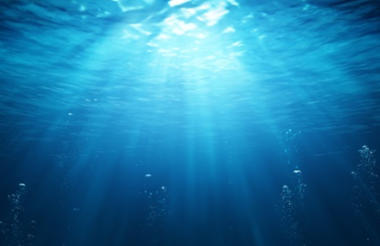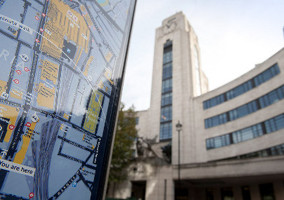Alan Hutson explains the theory behind the 'Blue Ocean strategy', and how charity fundraisers can apply its learnings to help expand beyond existing donor databases.
Blue Ocean strategy captured the imagination of the for-profit world almost as soon as the book of the same name by W. Chan Kim and Renée Mauborgne was first published in 2005. An expanded edition was republished in 2015. The book offers a framework and set of tools designed to enable agencies to identify how to grow exponentially and innovatively. (To find out more about these tools and frameworks, see this download from my colleagues at =mc). But it’s only in recent years that Blue Ocean strategy has been applied in the nonprofit and NGO world.
One aspect of Blue Ocean strategy is about creating new demand in an untested market space with a specific focus on non-customers. This is very different than Red Ocean strategy, where you compete head-to-head for customers in existing market space. This approach has led companies like Nintendo to sell games to grannies and for Australian wine companies to sell wine to beer drinkers.
Let’s consider the microcredit non-profit Kiva. Kiva Microfunds was founded in October 2005 in hopes of combating the problem of finding start-up funds by small local entrepreneurs in developing countries.
A tool that can be helpful in creating blue oceans is examining the three tiers of non-customers (in fundraising, think of non-donors). The first tier is comprised of potential customers who are closest to your current market or donor base. They are using a similar product, either out of necessity or they’re simply waiting to “jump ship” to a better alternative. In terms of potential new tier one customers, Kiva could focus on the following groups:
- People who are frustrated with the overhead of traditional charities.
- People who wanted more control of where their support is going.
- People who specifically wanted to support women’s issues: 81 percent of Kiva’s loans are made to women.
The second tier of potential customers are the refusing – they are aware of your product but consciously choose against it. Potentially they do not understand its benefits, or they prefer a different alternative. For tier two, Kiva could focus on the following groups:
- People who don’t think their donation amounts are large enough to make a real difference.
- People who seek a direct connection with a beneficiary and are potentially looking for an alternative to child-sponsorship organizations.
- People who are interested in the “hand-up” -- as opposed to the “hand-out” – concept.
The last tier is defined as the unexplored or those who have never considered the market’s offerings as an option. For tier three, Kiva would create customers beyond those typically associated with supporting charities:
- Businesses that could support the process with technology enhancements.
- Executives of large entrepreneurship businesses.
- People who are not familiar with microlending as a concept, or who were unaware that individual lenders could participate in the microlending process.
In fundraising, we’re always thinking about how to move our name and brand to the forefront. Typically, we do that by focusing on what’s working with our current donor group. But if we don’t move focus beyond our current donor base, then we are likely being incrementally innovative. Blue oceans create something radically different of value that allows you to massively expand beyond your current donor or customer set.
Red Ocean and Blue Ocean strategies are not mutually exclusive. Effective fundraising requires that you continue to do well those things that keep your current donors happy. But if your goal is to swim in blue water, then you must identify what will be appealing to your non-donors/customers.
Civil Society Media wishes to thank the IFC for its support with this article
Alan Hutson is a senior consultant at The Management Centre, a London-based non-profit management consultancy, and managing partner of The Monument Group, based in the US. He will co-present a masterclass on Blue Ocean fundraising at IFC 2017, happening 17-20 October in the Netherlands.
Related Articles












